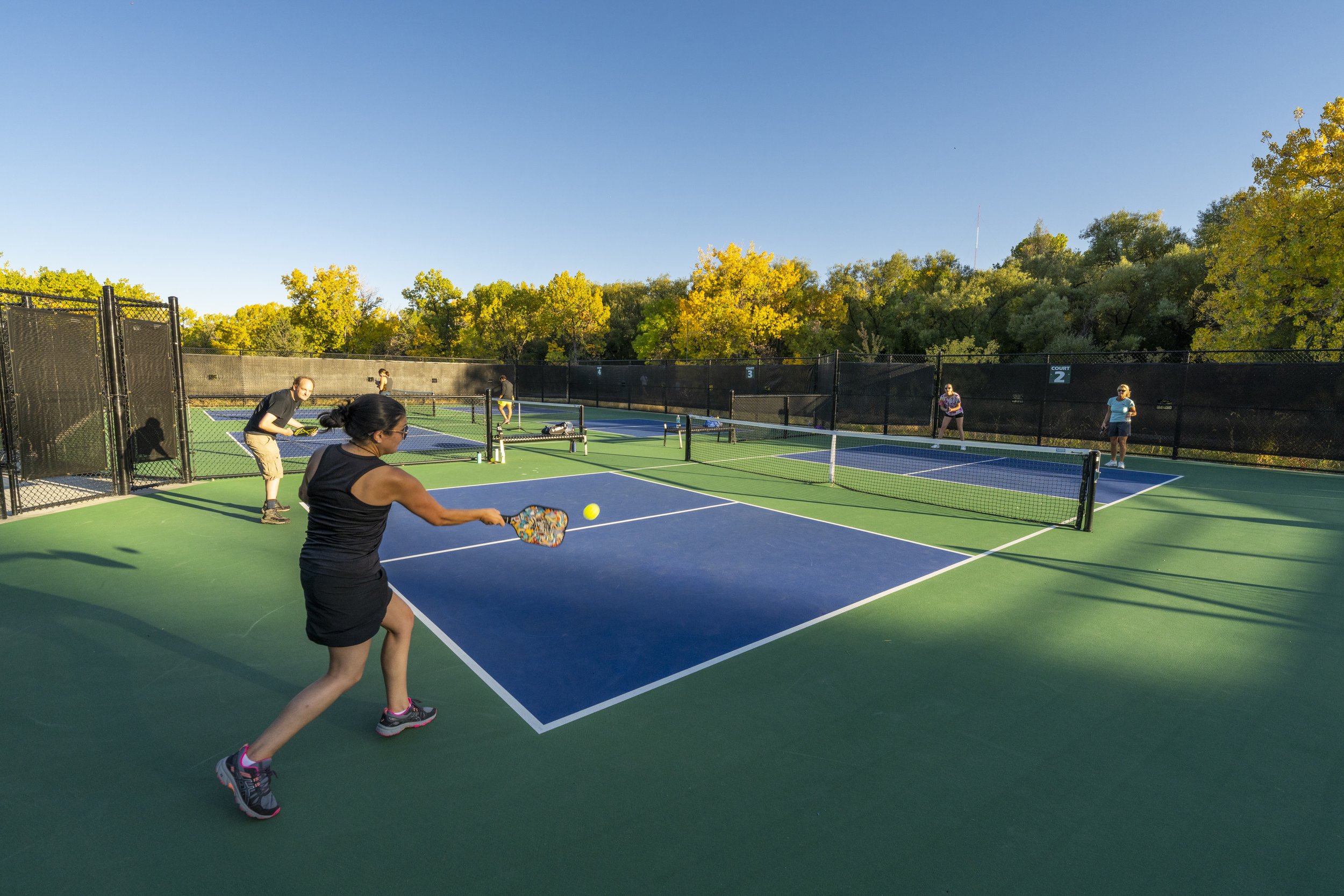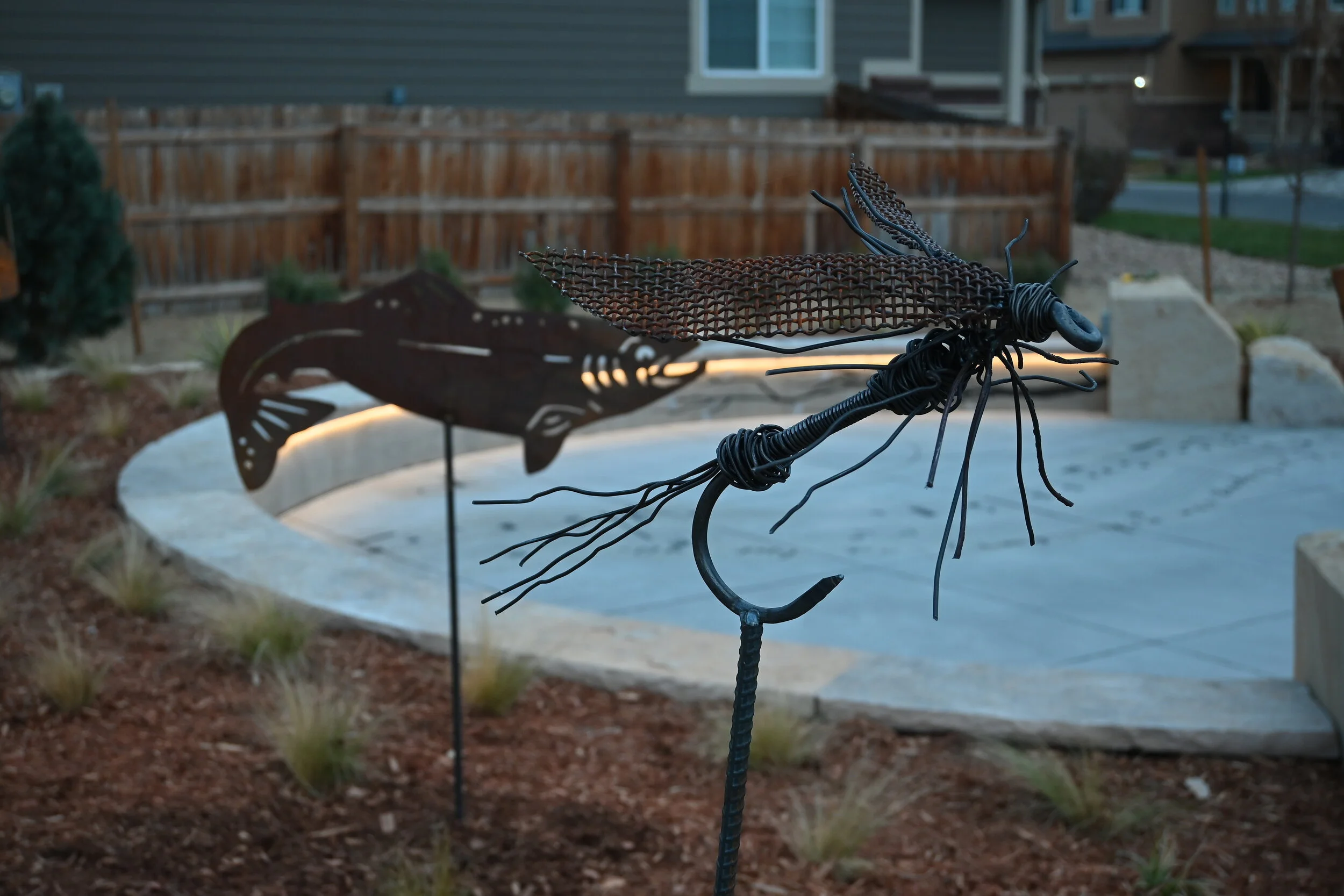Norlin Quadrangle, “the quad”, continues to serve as a social center on the CU Boulder Campus. Design Concepts prepared an updated micro-master plan for Norlin Quadrangle back in 1990. The Quadrangle is the oldest part of the campus, and is outlined by the earliest buildings on campus, which actually inscribe a large open space in the shape of a cross. This space is the heart of a part of the campus that is officially listed on the National Register of Historic Places as the Norlin Quadrangle Historic District.
The long-term significance of this plan has proven its usefulness and also shows how the preservation of a historic cultural landscape can give form, meaning, and continuity to new features. Because change is one of the elemental qualities of any landscape, the historic landscape can be used to allow preservation and progress to occur simultaneously. The new plan had to bring the old one into compliance with new standards, but it also went beyond that to show how preservation could also give form and meaning to new features in the landscape. New features, in turn, can reinforce historic patterns, and thereby form a solid “legacy” foundation.









